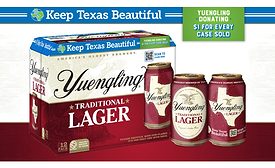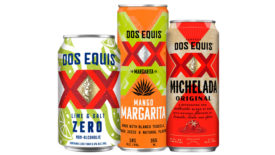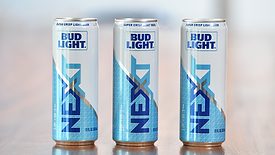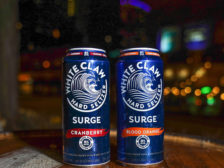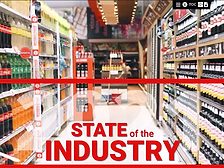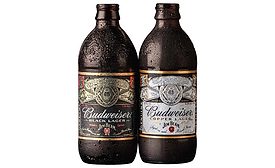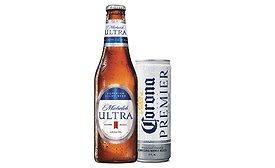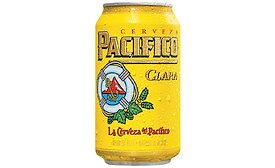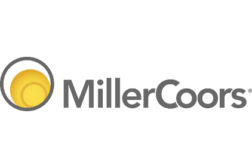Home » Keywords: » domestic beer sales
Items Tagged with 'domestic beer sales'
ARTICLES
2023 State of the Beverage Industry | Diverging performances split beer market
FMBs, imports and non-alcohol biggest drivers for beer category
July 6, 2023
2022 State of the Beverage Industry | Beer market turns to innovations during time of recovery
Premium offerings, FMBs outperform overall beer category
July 6, 2022
2021 State of the Beverage Industry: Beer market sees pockets of growth
Beer seltzer centric segment outperforms other beer counterparts
July 1, 2021
2020 Beer Report: Diversification will be U.S. beer market’s recipe for success
Domestic beer brands broaden portfolio to tap into today’s trends
March 11, 2020
2019 State of the Beverage Industry: Beer market explores more ways to drive growth
Import, craft beer segments help overall category
July 15, 2019
2017 State of the Beverage Industry: Import beers benefit from price point, premiumization
Beer volume down slightly in 2016
July 12, 2017
2016 Executive of the Year: Eugene Kashper of Pabst Brewing Co.
Chairman, chief executive officer premiumizes portfolio through partnerships
December 12, 2016
MillerCoors releases Q2 results
Coors Light, Miller Lite combine to deliver flat sales to retail volume
August 2, 2016
Get our new eMagazine delivered to your inbox every month.
Stay in the know on the latest beverage industry marketplace trends.
SUBSCRIBE TODAY!Copyright ©2024. All Rights Reserved BNP Media.
Design, CMS, Hosting & Web Development :: ePublishing
